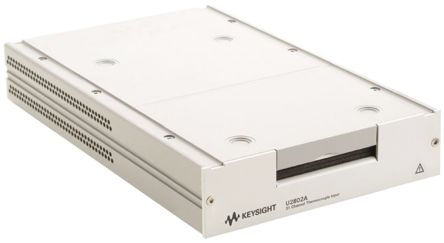

LAN Connection via Remote IO Server PC Connecting to PXI Modular Instruments Click the links below for more information. When you are connecting a new instrument to your network (private or site LAN), you have several options. You may need to work with your IT department to put your instruments on the site LAN. If you want to share instruments with other users, or if you need access to instruments across an intranet or the Internet, you can use your site LAN. Your computer is probably already connected to the site LAN you use the site LAN to connect to your intranet and/or to the Internet.

For those that do not, you can use the Keysight E5810B LAN/GPIB/USB Gateway). Many instruments have LAN interfaces built in. Ethernet LANs are almost universally available they support data rates of 10 MB/second to 1 GB/second and they use inexpensive cables and connectors. Connecting Instruments via LANĪ local area network (LAN, also known as Ethernet) provides instrument connectivity over distances and allows sharing of instruments among multiple users and multiple computers. These products provide convenient and powerful ways for you to take advantage of computer-standard IO with a large range of instruments.
MULTIPLE KEYSIGHT 82357B SERIAL
Computers typically have USB, LAN, and a limited number of serial (RS-232) interfaces available, but require the addition of an interface card (such as the Keysight 82350B PCI GPIB Card) to support GPIB.Īdaptor products are available to connect a computer to GPIB instruments using either the computer's USB interface (Keysight 82357B USB/GPIB Interface Converter) or its LAN interface (Keysight E5810B LAN/GPIB/USB Gateway). Not all interfaces are available on all instruments. If you are constructing a large or complex test system, or if your test system will be used for a long time, you will want to make this decision carefully.įirst, determine the interfaces that are available to you on each side of the connection (instrument and computer). This topic will give you some guidelines to help with that decision. You may have a choice of several different physical interfaces with which to connect your instrument to your computer. The LED lights on this converter show three LED lights signalling READY, ACCESS, FAIL. Note that the cable on this converter is also 2.5 meters long.Choosing the Interface for Your Instrument Choosing the Interface for Your Instrument Much like the FT231X USB to Serial Adapter there are usable LED lights on this converter.

Note however that there is a limitation in this USB to GPIB converter being that there is a maximum of 4 converters which can be connected to the PC and a maximum of 14 instruments all daisy chained via GPIB. You will note that a single parallel poll can also very easily do a check up on up to eight individual devices and it can do this all at once which also corresponds to the number of data lines on the GPIB interface. The connectors on the USB to GPIB converter is a standard 24-pin IEEE-488 (GPIB) connector as well as the standard USB A, all of course being self powered. This USB to GPIB interface is typically power by the +5 V, 500 mA (maximum), 200 mA USB port on your computer. There however unsupported GPIB modes of operation for this converter such as Pass Control as well as Non-System Controller mode. The converter is SICL and VISA 2.2 compatible as well as IEEE-488.1 and IEEE-488.2 compatible.
MULTIPLE KEYSIGHT 82357B SOFTWARE
You are going to need the Keysight IO Libraries software to make use of the converter. The quality of the product is also very good as the connector is specified to 1,500 insertions which means that it will last you many years of moving the converter around the office or factory. The 82357B USB/GPIB interface also implements the USB 1.1 (12 Mbits/s) and is also fully compatible with USB 2.0 standards. The interface is also self powered and does not need any external power source.


 0 kommentar(er)
0 kommentar(er)
